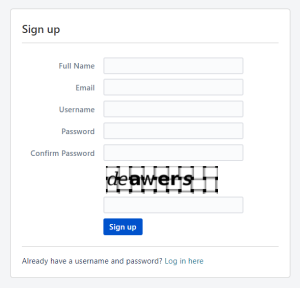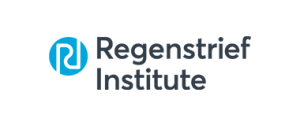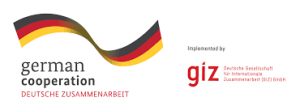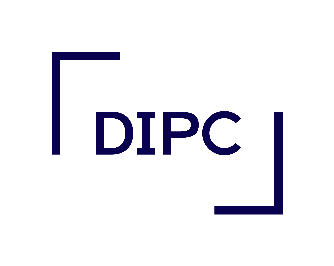Please add or update resources that are helpful to strengthen capacity and / or resources used for Digital Health planning, implementation and support.
In order to contribute to this resource page, you will need to create an OHIE ID on this wiki space.
Instructions:
- In the top-right corner of your click "Sign up"

- Fill out the information to create your OHIE ID

- As you need to contribute to the wiki, use the "Log in" button in the top-right corner and log in with the credentials you've created
Please note this will give you access to the OHIE wiki as well as some other OHIE resources. The eHealth Professionals Knowledge Network is not a community within OpenHIE but they are collaborator and are helping the community kickoff by sharing their wiki space with us as we start off our work!





